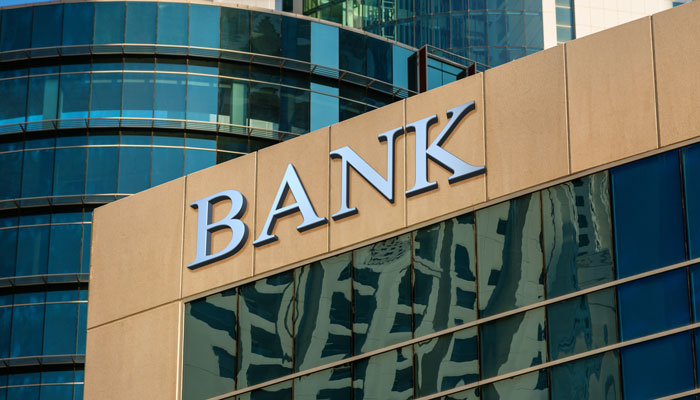Australians’ preferred mode of paying for purchased goods in the era of COVID-19 is rapidly changing as the desire to access fast and easy credit is being fast-tracked by binge buying during the lockdown.

From the way we shop for goods to how we order takeaway food, or even consume media, technology has transformed industries and the way we do business.
Just as Airbnb and Uber Technologies have disrupted accommodation and transportation respectively, the latest online business model to wreak havoc is the introduction of buy now, pay later (BNPL) platforms such as Afterpay, Zip and Open Pay.
Digital disruption
The world of banking and access to credit has not been spared from digital disruption as a growing number of consumers tap into a readily available pipeline of money to help them with their cash flow.
Just as retailers have been supplanted by new online operators such as Amazon, so too, suppliers of consumer credit are being challenged by online/app operators.
Traditional credit card usage among brands in Australia, the UK and the US is falling among younger customers.
Typically, BNPL services allow users to avoid paying for purchases upfront and instead divide the cost across fortnightly deductions. These companies also don’t charge interest on purchases, but will charge late fees if a customer fails to pay on time.
The BNPL sector has received a boost during the lockdown as customers still had the ability to purchase items online. Zip reported an 86 per cent increase in April revenue to $15.1 million and customer numbers rose 50 per cent to 2 million people compared with a year earlier.
Before the outbreak of COVID-19, statistics from online retail research group Power Retail showed that 41 per cent of Australian online retailers worked with two to three BNPL providers, compared with 32 per cent in 2018.
Meanwhile, Roy Morgan research shows a 40 per cent growth in usage by consumers: 1.95 million Australians used BNPL schemes up to September 2019, up from 1.38 million in the preceding 12 months.
People love credit
In Australia, it is estimated that BNPL services are offered by 34 per cent of medium-to-large online retailers, and 27 per cent of online shoppers have used it at least once.

Traditional credit card usage among brands in Australia, the UK and the US is falling among younger customers, with credit use down 3 percentage points over the past year in Australia alone. The number of BNPL users in the country rose 41 per cent in the same time period.
Afterpay has certainly been turbocharged during the pandemic. It reported that underlying sales reached $2.6 billion in the first quarter of 2020, up 97 per cent on the same period a year earlier. It has 8.4 million active customers, which is an increase of more than 1 million since January, and up 4.6 million over the past year. It expects to reach 9.5 million customers by the end of June.
While millennials appear to be early adopters of BNPL schemes, it is less about the millennial cohort and more about age. Younger people have always tended to adopt new technologies while older generations prefer to stay with the systems they learned when they were younger.
In fact, before all of these, there was the village store which would often keep a 'tab' for local customers.
It pays to remember that credit has been offered to consumers for a long time in a variety of different forms: cheques, personal loans, hire-purchase (or rent to buy), lay-by (where the product is held in inventory until the customer pays off the full amount), charge cards and credit cards.
In fact, before all of these, there was the village store which would often keep a 'tab' for local customers: Can't pay today, just pay next time.
- Why lockdown won't do: lessons from the Diamond Princess
- How soon will all Australians be driving electric cars?
While credit was once the preserve of banks and card suppliers such as American Express, Visa and Mastercard, in today’s world of online/app-based interactions, Afterpay, PayPal and others are the Uber-alternative. They offer the same product but are more competitive and hungry, and have shaken up the entrenched operators.
The deferred payment model received support in May when Chinese internet giant Tencent – which owns social media and payments app WeChat – secured a 5 per cent stake in Afterpay.
Wary of banks
Banking has held a stranglehold on finances in Australia, especially with the regulated oligopoly of the big four banks. Over time, the non-banking financial institutions including credit unions, building societies and the many small banks emerging in Australia have increasingly offered competitive products.

Underscoring all of this is the reputational damage suffered by banks in the wake of the Royal Commission into Misconduct in the Banking, Superannuation and Financial Services Industry.
There is some sense that people are rather leery of banks. For many years, people have raged about bank fees. Then there was the introduction of credit card surcharges which people hate, and to top it all off, the banks received a pasting at the Royal Commission.
So credit, for free, and from somewhere other than your bank – what's not to love?
Dr Stephen Holden is an Adjunct Professor at Macquarie Business School.



